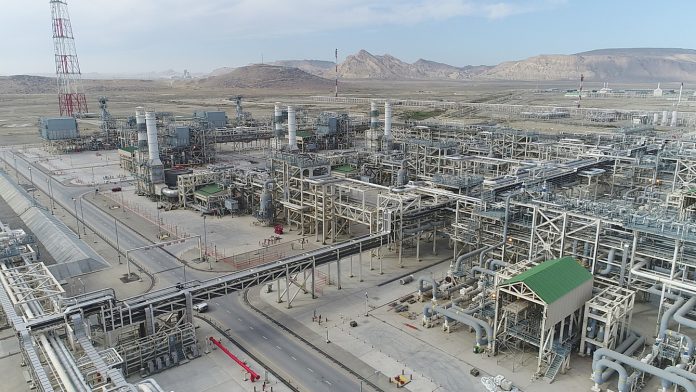Azerbaijan, Iran and Turkmenistan are part of a three-way swap agreement for gas that is seeing a 70% growth over 2023, according to the of Iran’s national gas company NIGC Majid Chegeni.
The deal has been in place since 2021 and already in mid-2022 Iran said that the three countries decided to double the volume of gas swaps from the original deal. At the moment there is not certainty that a deal for a raise in swaps has been reached.
However, the three countries are currently working to expand volumes and infrastructure. Iran is at work to expand the Rasht-Chelavand gas pipeline that will boost gas transit to Azerbaijan to 5.5 billion cubic metres per year. In addition, Iran is in talks with Turkmenistan for a new gas import agreement for up to 10 billion cubic metres per year.
Meanwhile Azerbaijan is looking at ways to boost gas production in order to meet domestic demand and export commitments. The country signed a memorandum of understanding with the EU in July 2022 to double the gas volume it sends to Europe to 20 billion cubic metres by 2027.
In 2023, Azerbaijan committed to export 11.5 billion cubic metres, from 10 billion cubic metres it was exporting before the war in Ukraine. Baku is increasing production at its Shah Deniz Caspian gas field and operator Total Energies will start gas production at the Absheron field by the end of 2023.
In order to meet its commitments, Azerbaijan is looking at ways to expand gas volumes from Turkmenistan. The Central Asia country is the fourth or fifth biggest gas producer in the world. However, at the moment there is not a direct pipeline from Turkmenistan to Europe. The existing Southern Gas Corridor from Azerbaijan has a current capacity of 20 billion cubic metres and Baku plans to supply it by itself.
Azerbaijani President Ilham Aliyev said back in May that the country will support an expanded pipeline to carry Turkmen gas in Europe, but he does not intend to initiate it or finance it.

